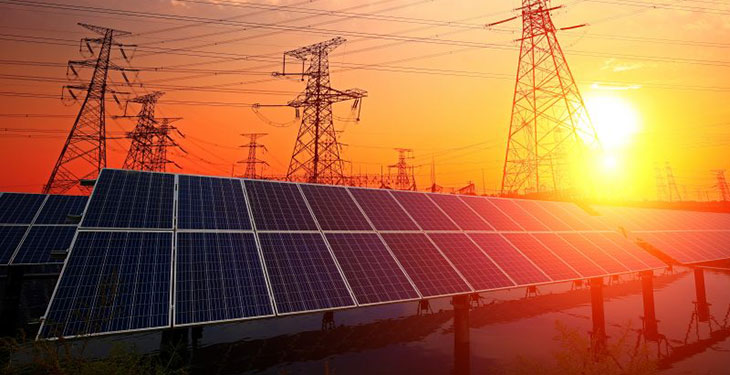European Commission has adopted a proposal to revise the EU rules on Trans-European Networks for Energy (the TEN-E Regulation) to better support the modernisation of Europe’s cross-border energy infrastructure and achieve the objectives of the European Green Deal.
Europe’s progress towards a climate neutral economy powered by clean energy requires new infrastructure adapted to new technologies. The TEN-E policy supports this transformation through projects of common interest (PCIs), which must contribute to the achievement of the EU’s emission reduction targets for 2030 and climate neutrality by 2050. The revised Regulation will continue to ensure that new projects respond to market integration, competitiveness and security of supply objectives.
The new TEN-E Regulation will contribute to the EU emissions reduction objectives by promoting integration of renewables and new clean energy technologies into the energy system. It will continue to connect regions currently isolated from European energy markets, strengthen existing cross-border interconnections and promote cooperation with partner countries. It will help timely delivery of cross-border infrastructure by proposing ways to simplify and accelerate permitting and authorisation procedures.
The Commission’s proposal includes: an obligation for all projects to meet mandatory sustainability criteria and to follow the ‘do no harm’ principle as set out in the Green Deal; an update of the infrastructure categories eligible for support through the TEN-E policy, ending support for oil and natural gas infrastructure; a new focus on offshore electricity grids with provisions facilitating more integrated onshore and offshore infrastructure planning and implementation through the introduction of offshore one-stop-shops; a new focus on hydrogen infrastructure including transport and certain types of electrolysers; upgraded rules to promote the uptake of smart electricity grids to facilitate rapid electrification and scale up renewable electricity generation; new provisions on smart grid investments for integrating clean gases (like biogas and renewable hydrogen) into the existing networks; continued attention to the modernisation of electricity grids and storage and carbon transportation networks; new provisions on support for projects connecting the EU with third countries (Projects of Mutual Interest or PMIs) that demonstrate their mutual benefit and contribution to the Union’s overall energy and climate objectives in terms of security of supply and decarbonisation;
Also, it includes a revised governance framework to enhance the infrastructure planning process and ensure it is aligned with our climate goals and energy system integration principles, through increased stakeholder involvement throughout the process, a reinforced role of the EU Agency for the Cooperation of Energy Regulators (ACER) and improved oversight by the Commission; measures to simplify administrative procedures, accelerating project implementation, shortening permitting procedures for PCIs to avoid delays in projects that facilitate the energy transition, and strengthening transparency and participation in consultations.
The Regulation on Trans-European Energy Networks (TEN-E), adopted in 2013, lays down rules for the timely development and interoperability of trans-European energy networks. The Regulation has helped achieve the EU’s energy policy objectives: ensure the functioning of the internal energy market and security of supply in the Union; promote energy efficiency and energy saving and the development of new and renewable forms of energy; and promote the interconnection of energy networks.
The implementation of the TEN-E Regulation and PCIs in all regions has increased energy interconnections across the EU. This has contributed to ending Member States’ isolation, improving market integration and price convergence across Europe.
